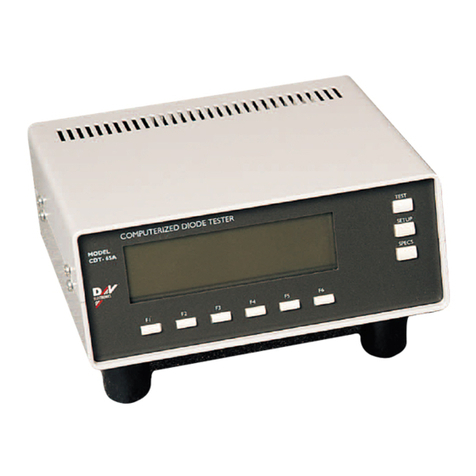
CVT-7AManualV1.5.doc Page 4
J. Power Cord Protection: Power supply cords should be routed so that they are not likely
to be walked on or pinched by items placed upon them, paying particular attention to cords at
plugs and the point where they exit the product.
K. Lightning: For added protection of this product during a lightning storm or when it is left
unattended and unused for long periods of time, unplug it from the wall outlet. This will
prevent damage to the product due to lightning and power-line surges.
L. Overloading: Do not overload wall outlets or extension cords as this can result in a risk of
fire or electric shock.
M. Object and Liquid Entry: Never push objects of any kind into this product through the
openings as they may touch dangerous voltage points or short out parts that could result in a
fire or electric shock. Never spill liquid of any kind on the product.
N. Servicing: Do not attempt to service this product yourself as opening or removing covers
may expose you to dangerous voltage or other hazards. Refer all servicing to qualified
service personnel.
O. Damage Requiring Service: Unplug this product from the wall outlet and refer servicing
to qualified service personnel under the following conditions:
1) When the power supply cord has been damaged
2) If liquid has been spilled or objects have fallen into the product
3) If the product has been exposed to rain, water, or other conductive liquids
4) If the product does not operate normally by following the operating instructions
5) If the product has been dropped or damaged in any way
6) When the product exhibits a distinct change in performance.
P. Replacement Parts: When replacement parts are required, be sure the service technician
has used replacement parts specified by the manufacturer or have the same characteristics
as the original part. Unauthorized substitutions may result in fire, electric shock, or other
hazards.
Q. Heat: The product should be situated away from heat sources such as radiators, heat
registers, stoves or other products that produce heat.




























